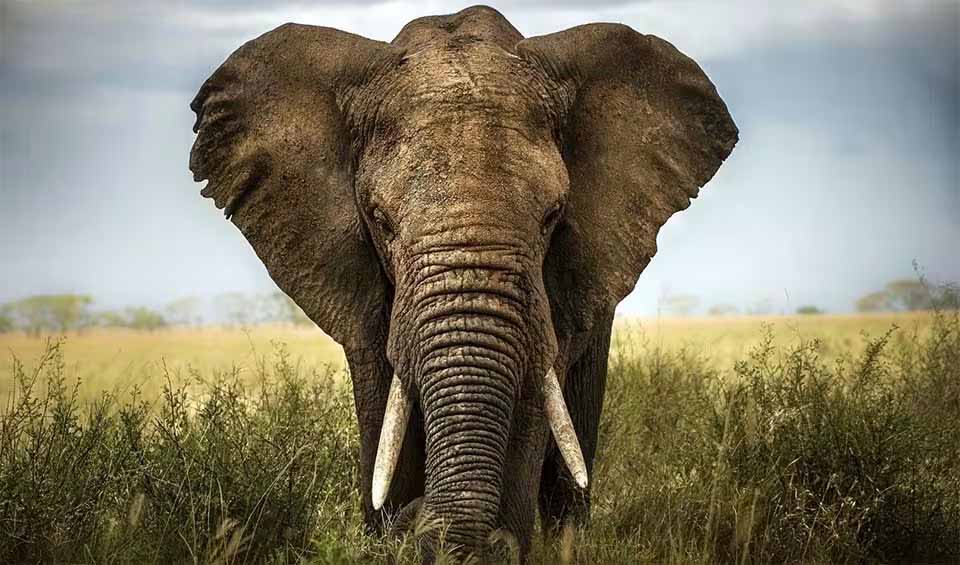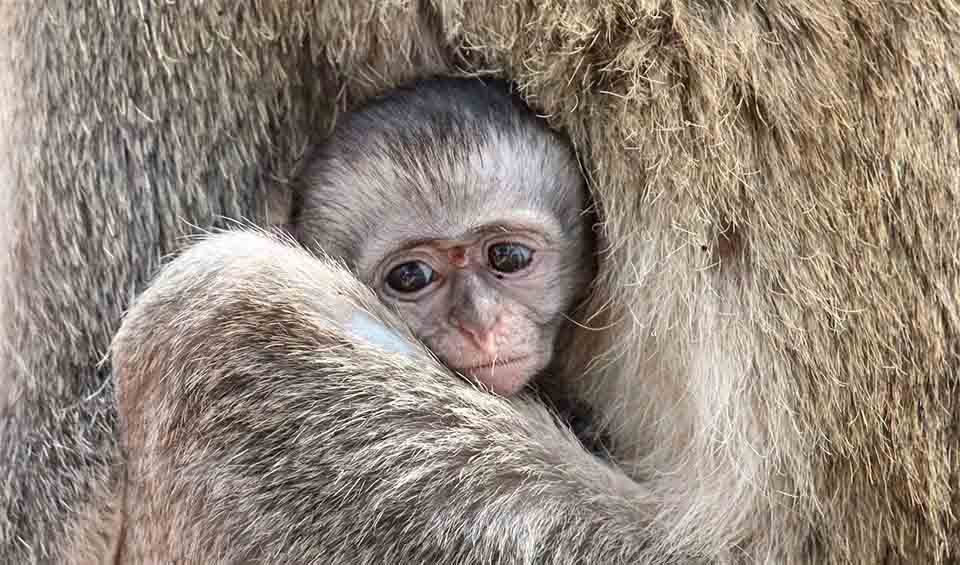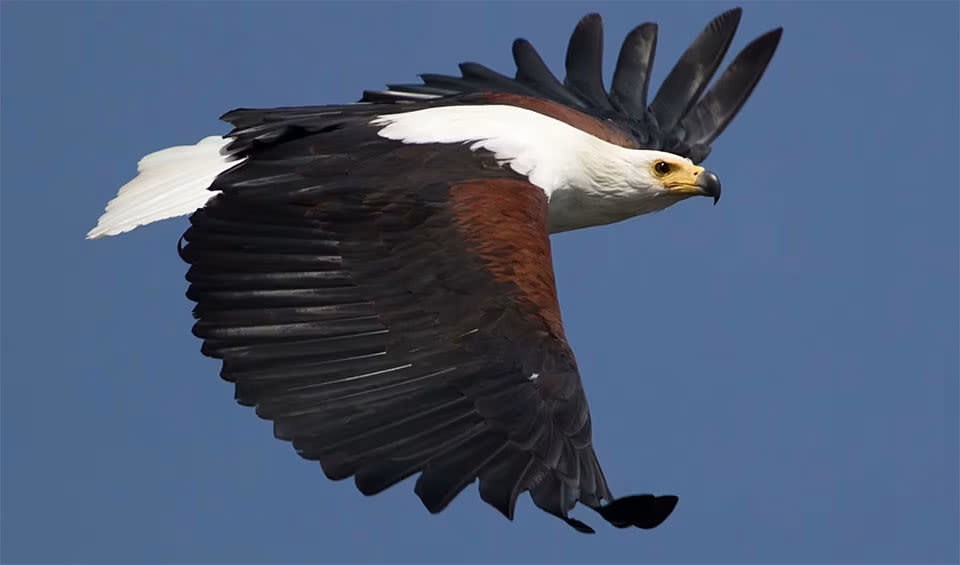Nestled in the heart of Africa, Malawi is a tropical land-locked nation in the southeastern part of the continent. Renowned for its abundant species and varied habitats, Malawi boasts unique flora spread across its 29,600 km² (11,429 mi²) expanse. Lake Malawi, Africa’s third-largest lake, holds particular significance as the most biologically diverse lake globally and was inscribed on the UNESCO World Heritage List in 1984 for its role in biodiversity conservation.
Malawi’s biodiversity serves as a cornerstone of the nation’s economy and culture. Agro-biodiversity alone contributes around 40% to the GDP and supports over 90% of employment and merchandise export earnings. Fisheries, forestry, and wildlife sectors also make substantial contributions to the country’s economic output. Additionally, the nation’s diverse ecosystems, including water bodies, national parks, and cultural heritage sites, attract tourists and offer opportunities for activities such as safari tours and mountain hiking. Lake Malawi, in particular, is globally renowned for its fish diversity and sustains the livelihoods of over 250,000 individuals reliant on fishing for sustenance and income.
Four pillars elaborated:
Malawi is home to nine national parks and reserves, each offering diverse landscapes and wildlife encounters. Notable parks include Nyika National Park, celebrated for its rolling grasslands and rich birdlife, and Liwonde National Park, where elephants, hippos, and crocodiles roam alongside over 400 bird species. Lake Malawi National Park, a UNESCO World Heritage Site, showcases breathtaking underwater scenery and diverse fish species, perfect for snorkeling and diving. Land Management
Land Management
Additionally, the country boasts 118 Forest Reserves, safeguarding valuable ecosystems and enhancing biodiversity conservation efforts. Other protected areas, such as wildlife reserves, game reserves, and forest reserves, further contribute to the conservation of Malawi’s diverse species and habitats.
Malawi’s rich natural heritage, characterized by diverse plant and animal species, confronts numerous threats imperiling its existence. Immediate action is imperative to safeguard the country’s wildlife and conserve its natural legacy. Primary threats include habitat loss and fragmentation, climate change, invasive alien species, pollution, and alterations to terrestrial and aquatic ecosystems. Habitat degradation, driven by unsustainable resource management, has notably diminished forest cover in reserves like Liwonde Forest Reserve. Threats to Biodiversity
Threats to Biodiversity
Climate change exacerbates the situation, causing periodic drying of Lake Chilwa, endangering bird and fish species. Invasive alien species further disrupt ecological balance, while pollution from agricultural runoff and industrial activities exacerbates environmental degradation, intensifying the challenges facing Malawi’s natural heritage.
Despite facing challenges to its biodiversity, Malawi remains dedicated to conserving and safeguarding its abundant natural heritage. The country has made significant strides in advancing wildlife preservation and promoting sustainable practices. Notably, Malawi adopted its first National Biodiversity Strategy and Action Plan (NBSAP) in 2006, outlining comprehensive strategies for habitat restoration, agricultural diversity conservation, and policy enhancement for biodiversity conservation. Capacity and Governance
Capacity and Governance
Currently, Malawi is in the final stages of finalizing the revised NBSAP for the 2015-2025 period, aligning with the Aichi Biodiversity Targets. Furthermore, various institutions are actively engaged in conserving the genetic resources of plant species to preserve their unique diversity. Efforts to manage and combat invasive alien species are also underway, aiming to protect native flora and fauna. Additionally, the Lake Chilwa Basin Climate Change Adaptation Programme focuses on promoting sustainable fishing practices to address climate change effects and maintain the delicate balance of aquatic ecosystems in the region.
The National Biodiversity Strategy and Action Plan (NBSAP) of Malawi delineates strategies and actions for the sustainable management of the country’s biodiversity. Its objectives include enhancing capacity and knowledge on biodiversity management, integrating biodiversity into sectoral and local development plans, and advocating for the sustainable utilization of biodiversity resources. Additionally, the plan aims to identify and mobilize financial resources for biodiversity conservation and sustainable use within Malawi. It outlines potential funding sources and devises strategies for accessing and managing these funds. Future Trends
Future Trends
Biodiversity
Despite being relatively small, Malawi’s ecological wealth is significant and contributes greatly to the region’s biodiversity. The highland and mountainous regions, such as the Nyika Plateau and Mulanje Mountain, are among Malawi’s most biodiverse areas. The Nyika National Park, located in the north, features rolling grasslands and montane forests that support unique wildlife, including roan antelopes, zebras, and a variety of orchids and wildflowers. Mulanje Mountain, with its towering peaks, is home to the Mulanje cedar, an endemic tree species, and various bird species like the rare and endangered Thyolo alethe.In the central and southern parts of Malawi, savannas and woodlands dominate the landscape. Liwonde National Park and Majete Wildlife Reserve are key protected areas that showcase the country’s savanna biodiversity. These parks are home to large mammals such as elephants, hippos, lions, and various antelope species. The introduction of black rhinos and cheetahs in these reserves has bolstered conservation efforts and enhanced the diversity of wildlife. The woodlands, characterized by miombo and mopane trees, provide essential habitats for numerous bird species, reptiles, and small mammals.
In the table below are the number of known species in several main groups, how many of these species are Threatened with extinction, and how many of them are Endemic (unique to Malawi only):
| Species (World rank) |
Threatened | % Threatened | Endemic | % Endemic | |
|---|---|---|---|---|---|
| Mammals | 210 (#55) | 10 | 4.8% | 3 | 1.4% |
| Birds | 633 (#48) | 20 | 3.2% | 1 | 0.2% |
| Reptiles | 127 (#74) | 4 | 3.1% | 6 | 4.7% |
| Amphibians | 79 (#44) | 5 | 6.3% | 4 | 5.1% |
| Fishes | 487 (#122) | 42 | 8.6% | 181 | 37.2% |
| Plants | 4,389 (#76) | 34 | 0.8% | 11 | 0.3% |
mammals
African bush elephant
Size matters! The largest of the three elephant species and the largest extant terrestrial creature on our planet
Hippopotamus
1.6 ton (1.5 tonne) + 48 km/h (30 mph) = what do you think?
Vervet monkey
Used for studying genetic and social behaviors of humans as they have human-like characteristics such as anxiety, hypertension, and social and dependent alcohol use
birds
African fish eagle
With its striking appearance and distinctive call, it is often referred to as the “voice of Africa”
Southern ground hornbill
What does a 29 km/h (18 mph) speed coupled with a massive wingspan bring to the table? A ‘vulnerable to extinction’ title isn’t something anybody would hope for
Purple-crested turaco
These birds were once hunted for their beautiful crimson flight feathers
reptiles
Boomslang
Itd name means “tree snake” in Afrikaans and Dutch, a fitting description of its arboreal lifestyle
Nile crocodile
One of the most iconic animals of Africa and the second largest reptile on earth
Black mamba
Africa’s most feared snake that would inevitably evoke reactions of fear by just its looks
National Animals
Thomsons gazelle
The black and white stripes on the golden brown face add to its beauty.














